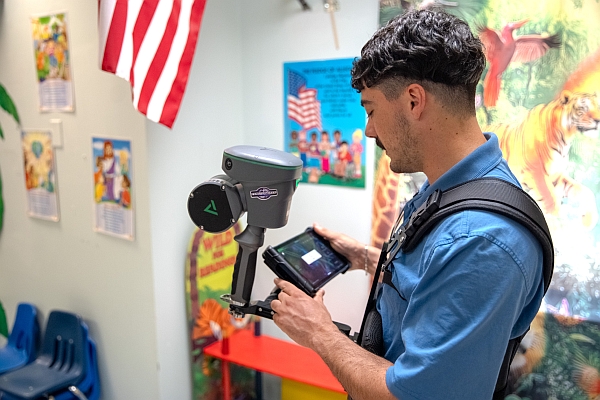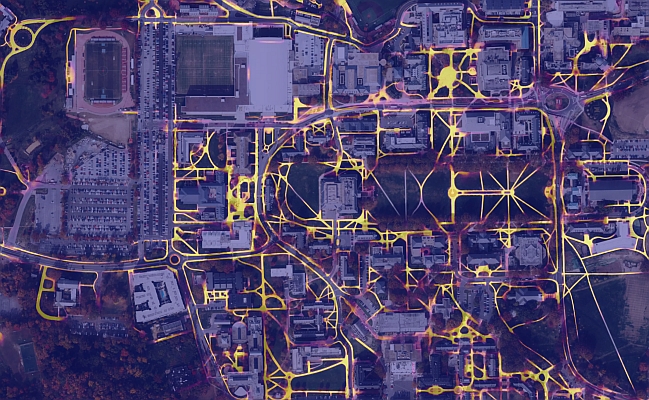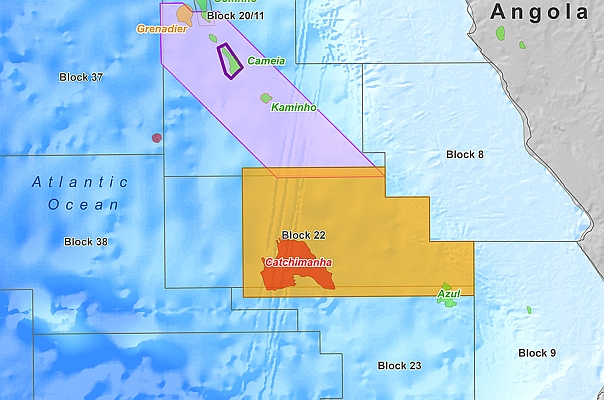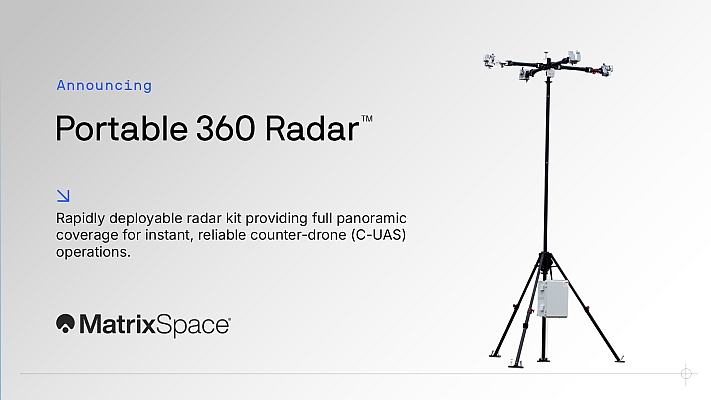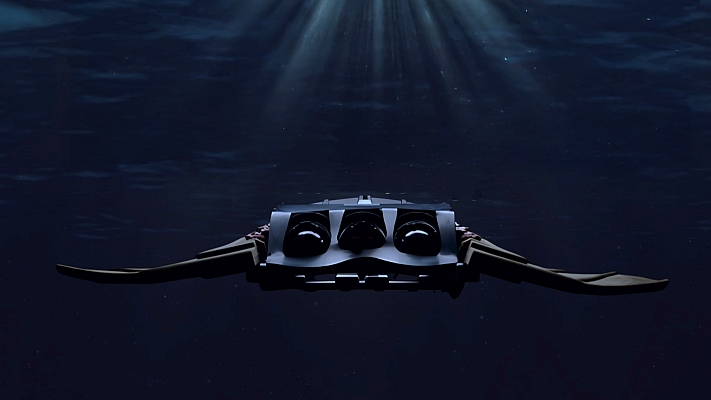India’s advanced, high-resolution remote-sensing satellite Cartosat-2B would be launched July 12 at 9.23 am from the Sriharikota spaceport in Andhra Pradesh, giving a boost to the country’s infrastructure and urban planning.
The Indian Space and Research Organisation’s (ISRO) rocket Polar Satellite Launch Vehicle (PSLV) will carry into space the 690 kg Cartosat 2B and an Algerian satellite, Alsat (117 kg).
The rocket will blast off carrying also three nano satellites – NLS 6.1 and NLS 6.2 from Canada and Switzerland, and StudSat developed by students of engineering colleges in Bangalore and Hyderabad.
‘The launch is fixed for July 12 at 9.23 a.m. The rocket will carry five satellites,’ S.Sathish, director (Publications and Public Relations) said from Bangalore over phone.
The rocket’s main cargo Cartosat-2B is a remote sensing satellite carrying a sophisticated panchromatic camera on board to photograph specific spots closely. The pictures are useful for cartographic applications such as mapping, land information and geographical information system.
Cartosat 2B will join the other two cartography satellites Cartosat 2 and 2A launched earlier. With three satellites ISRO’s satellites can cover the country effectively.
ISRO has been carrying out multiple launches for several years and in 2008 it set a world record launching 10 satellites at one go.
Originally scheduled for launch May 9, ISRO decided to postpone the launch as it found ‘a marginal drop in the pressure in the second stage of the vehicle during mandatory checks’.
Though the pressure drop was marginal, ISRO wanted to be sure as it does not want to risk a failure since PSLV is a major revenue earner, carrying satellites for others for a fee.
The 44 metre tall PSLV is a four stage (engine) rocket powered by solid and liquid propellants alternatively.
The first and third stages are fired by solid propellant and the second and fourth stages are fired by liquid propellant.
At that time the rocket was almost ready except for the loading of the satellites that had arrived at the launch centre in Sriharikota around 80 km from here.
As the faulty valve was in an inaccessible area with the rocket stages having been fully assembled, the second stage had to be dismantled to take corrective action.
Even after the replacement of the faulty valve at Sriharikota the problem continued to persist and ISRO sent the second stage (engine and other systems) to Liquid Propulsion System Centre at Thiruvanthapuram in Kerala where it was originally assembled.
‘The second stage was refurbished and sent back to Sriharikota,’ Satish said.
Follow us on Twitter.


